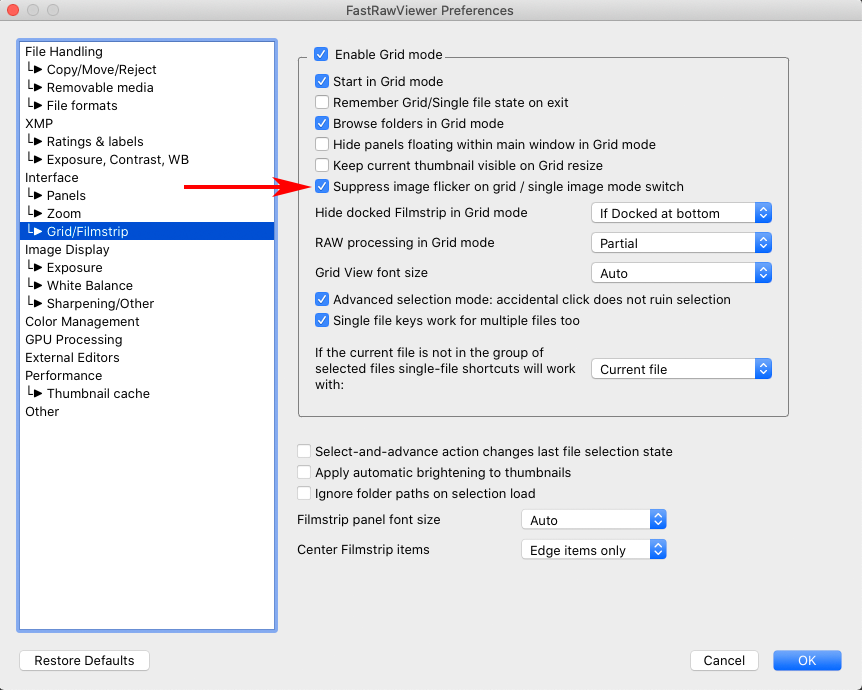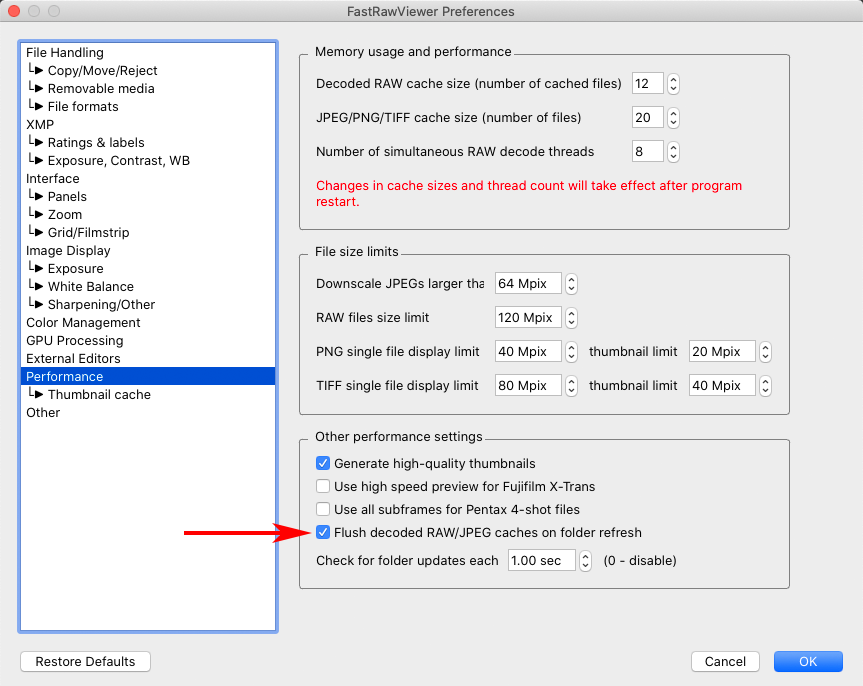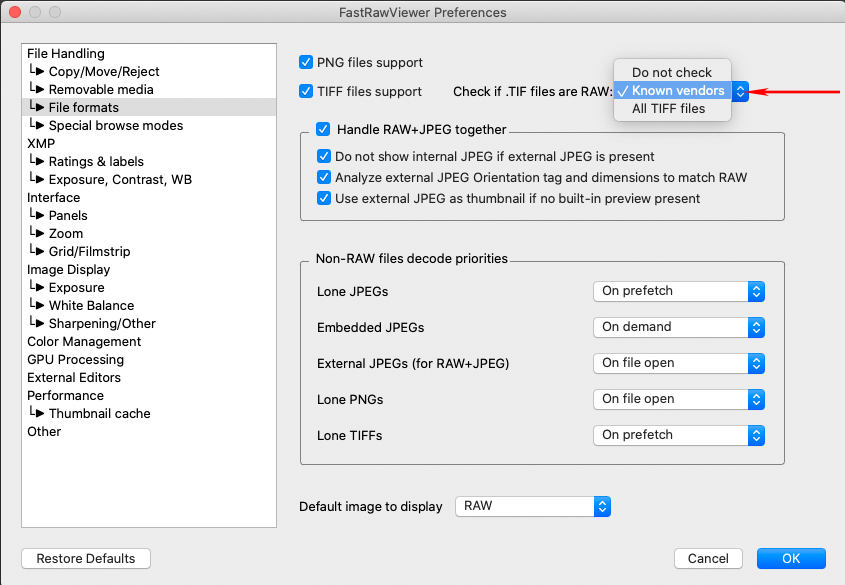

Warning: attached Image is very large, as it’s a full resolution screenshot of a 4K screenįor me this means Histogram and Tone Curve and EXIF information on the left. Point two is to set up your screen properly. Point one is above: start a PhotoLab session with only selects visible.

There are three keys to my workflow with PhotoLab. PhotoLab Processing Workflow: Setting up Your Screen For small sessions, I might just open the whole folder but restrict visibility to four and five star or just five star images. Most of the time, mine is set to four and five star RAW files only.įor very large jobs (football for instance) where I may start with over a thousand originals, I’ll move the select photos (four and five star) into a selects folder and only move that to PhotoLab to reduce overhead when processing that folder. In the PhotoLab folder view, one can restrict which photos appear. Happily FastRawViewer creates XMP files which are read by PhotoLab when moving a folder over to PhotoLab. While it’s technically possible to select photos in PhotoLab, FastRawViewer is so much faster and more efficient for culling that I couldn’t imagine not choosing selects there. I start by culling my photos in FastRawViewer, a $15 utility which every photographer should have. Lightroom comes closest but with loss of some colour and detail. CaptureOne and Iridient Developer simply can’t keep up.
FASTRAWVIEWER PRICES ISO

it offers a very clear workflow and doesn’t require using its own cataloguing features (C1 I’m looking at you) to start developing images.I prefer DxO PhotoLab above all the others as: Those tools are named as they are the ones I know capable of producing first quality technical results. Other top-tier tools in this market place include Adobe Lightroom, CaptureOne and Iridient Developer. As I’ve spent countless hours improving that workflow to process artistic, football and family photos, I’m happy to share it, this time in a more permanent format.įor those not familiar with DxO PhotoLab, it’s RAW development tool. I know I’ve written one but couldn’t find it in my archives there. At, Roseblood asked about an article on my workflow in DxO PhotoLab.


 0 kommentar(er)
0 kommentar(er)
